Are Special Tools Required for Installing Stone Protective Film
2025-08-18
Stone Protective Film Installation Guide
1. Tool Requirements for Basic Installation
- Routine installation of stone protective film does not require overly complex special tools.
- During basic installation, a clean, soft cloth is used to clean the stone surface to remove dust and impurities.
- A common scraper (such as a plastic or rubber scraper) can assist in pressing the protective film and expelling air.
- These tools are readily available in everyday situations, eliminating the need for specialized equipment and are suitable for most basic installation needs.
2. The Role of Tools for Assisting Pressing
- For large surfaces or large-sized stone, using a specialized roller can improve the pressing effect.
- The roller applies even pressure by rolling, ensuring a tight fit between the protective film and the stone surface.
- Minimizes air bubbles and wrinkles compared to manual pressing.
- Covers a larger area and applies more uniform pressure, particularly suitable for installing larger stone surfaces.
3. Tool Requirements for Cleaning
- The appropriate tools are required to ensure a clean stone surface.
- In addition to a soft cloth, a neutral detergent and a sponge or soft-bristled brush can be used to remove stubborn stains.
- Avoid scratching the stone surface with hard objects.
- In some installations, a lint-free cloth may be needed to remove fine dust and prevent impurities from affecting adhesion.
4. Tool Selection for Special Scenarios
- For curved or unusually shaped stone surfaces, specialized shaping tools may be needed.
- Helps the protective film conform to the stone's curvature and avoid excessive stretching.
- In low-temperature environments, a portable heating tool can restore adhesive properties (temperature must be controlled).
- These tools are selected based on specific needs and are not universally necessary.
5. Tool Usage Precautions
- Avoid damaging the protective film regardless of the tool used.
- Scraper edge must be smooth and burr-free to prevent scratching the film surface.
- Keep the roller surface clean to avoid contamination of the adhesive layer.
- Use moderate pressure - excessive force may cause the protective film to deform or shift.
Proper tool selection and use can improve installation efficiency and quality, and minimize future problems.
You Might Also Like
-
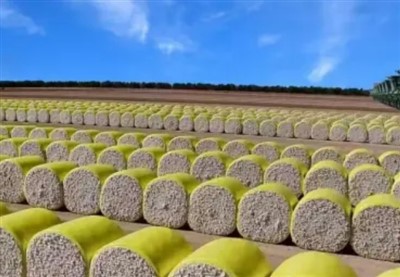
what are the advantages of cotton packaging film
-
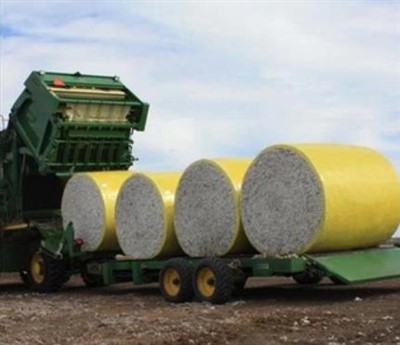
The Advantages of Cotton Wrap Film
-
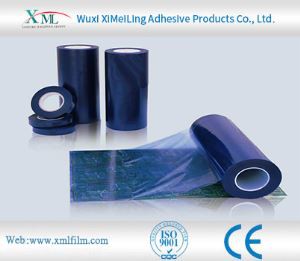
How does pe protective film cope with high temperature environment
-
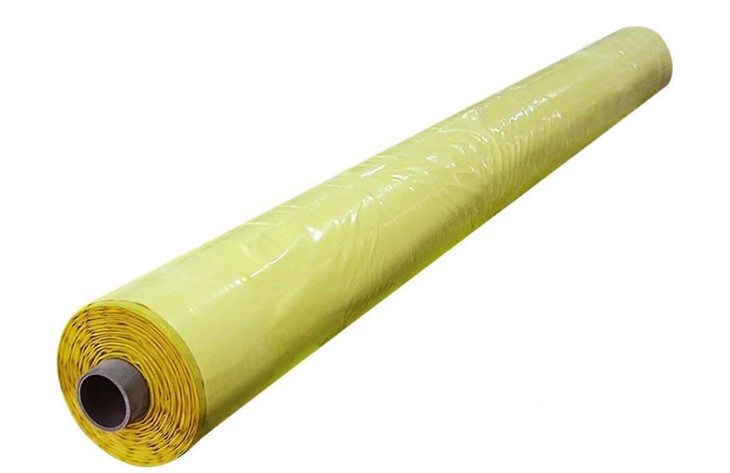
Advantages of Cotton Bale Wrap Film
-
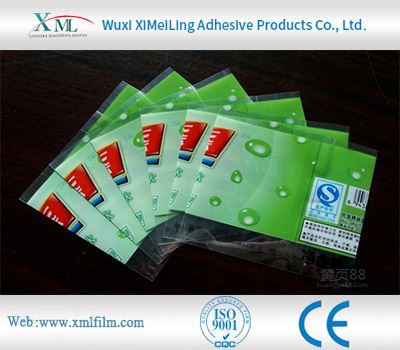
How Polyethylene Packaging Material Copes with High Temperature Environment
-
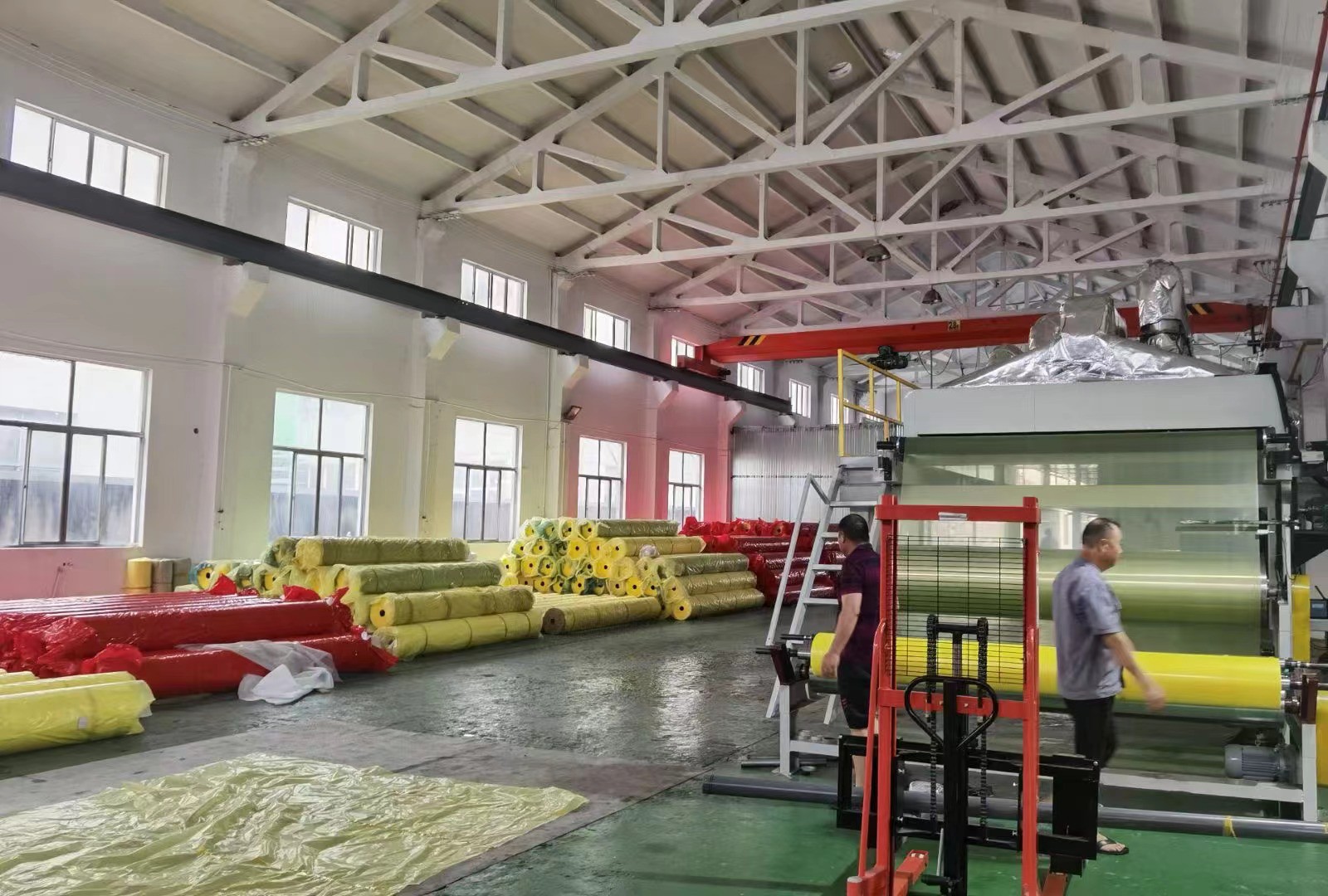
Storage method of cotton bale wrap film
